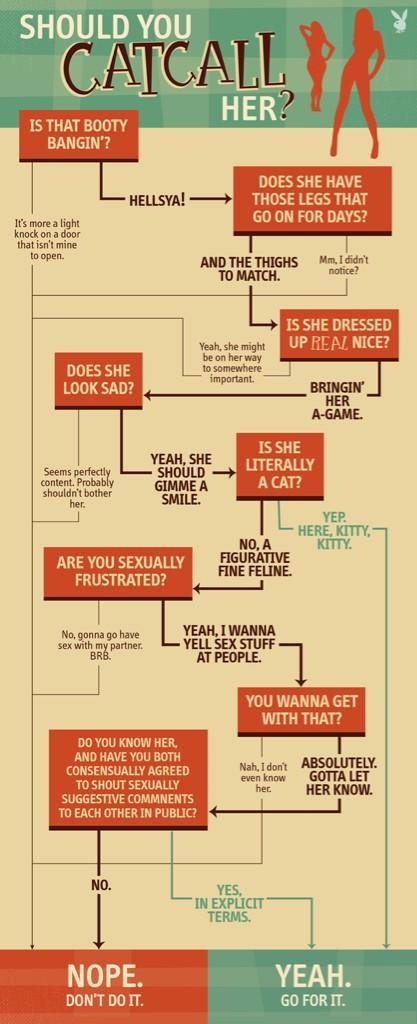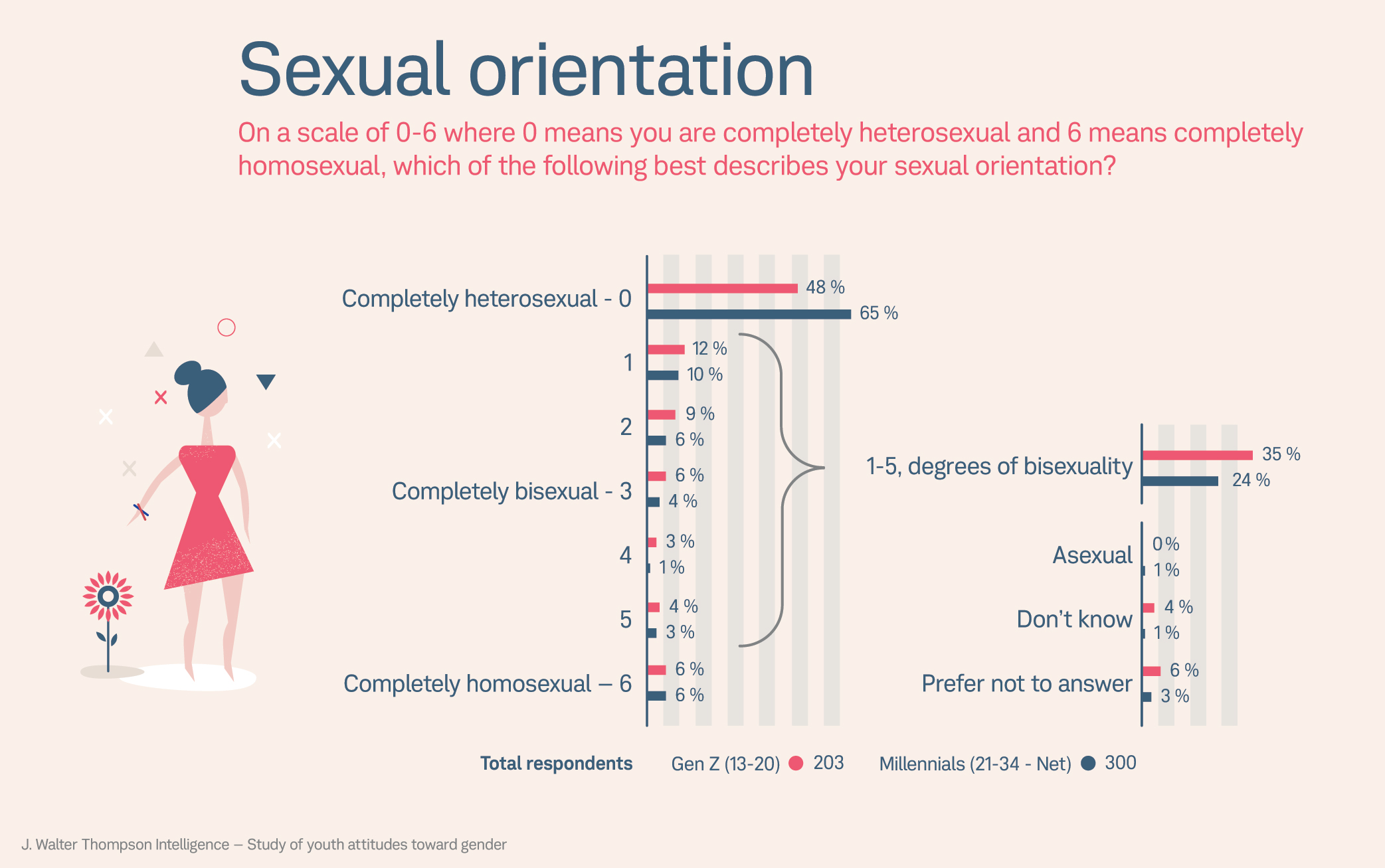It’s literally impossible for most of us to understand what it’s like to be the other sex.
It's easier to try on being the other gender, but most of us don't take the opportunity (nor would we even know how).
* Crash course in sex versus gender: sex is our physiological make-up, or our maleness/femaleness; gender is how much we identify with and/or take on the roles of man or woman. The two typically overlap, but not always.*
There are two interacting forces at play that are crucial when considering differences between living as a male/man, and living as female/woman.
Our sex hormones (testosterone for males and estrogens/progesterone for females) have a significant impact on our development, including our brains. They also affect the way we think and our emotions (among other mental processes). Sex hormones impact us on a physiological level.
Our gender roles, which are related to both our biological make-up and how we are socialized, affect the way in which we see ourselves and interact with the world, including our interactions with other people. They also dictate how people interact with us, based on social rules and norms.
People who have transitioned from one gender to the other, and who have been through sex hormone therapy, have unique insight into what it’s like to be both a male/man, and a female/woman, and the good and bad that can go along with each. This includes sexism.
A colleague of mine who transitioned described very similar experiences to those described in this piece. Give it a read – it’ll probably blow your socks off.
From Time:
What Trans Men See That Women Don’t
By Charlotte Alter
“Cultural sexism in the world is very real when you’ve lived on both sides of the coin”
Three guys are sitting at a Harlem bartop eating fries, drinking whiskey and talking about love. One of them, Bryce Richardson, is about to propose to his girlfriend.
“I’m putting it together in my head, I’m like: ‘He’s gonna be one of my groomsmen, he’s gonna be one of my groomsmen,’” he points to his two friends and grins. The other men light up when they hear the news and start talking about rings, how much they cost, will it be princess cut or pear shaped? Pictures are Googled, phones are passed around. “That was one of my dreams, to get married, to be somebody’s husband, to be somebody’s father,” says one of the friends, Redd Barrett. “From when I was like 12, I used to think about that all the time.”
I ask the groom-to-be how he knew his girlfriend was the one. They met at work, he says, and by the time he came out to her, they were already in love. “I said ‘I’m trans, and you’re not gonna want me anyway,” he recalls, unable to keep the smile off his face. “And she said ‘I’m in love with you, I don’t care about that.’” His friend Tiq nods and says, “That’s your wife, right there.”
All three men are trans. But if they hadn’t said so, you wouldn’t have known.
Read the rest here: link.













